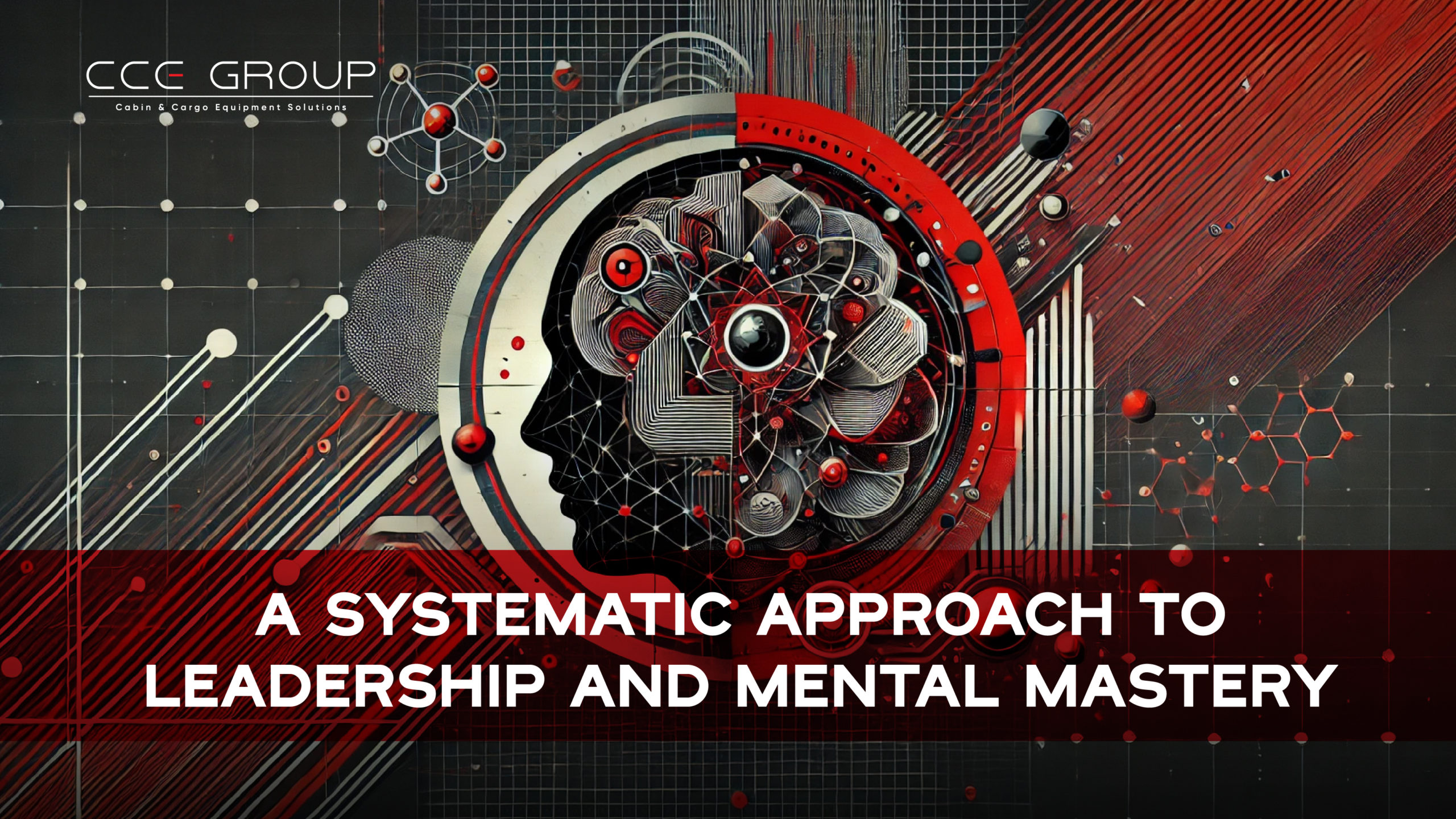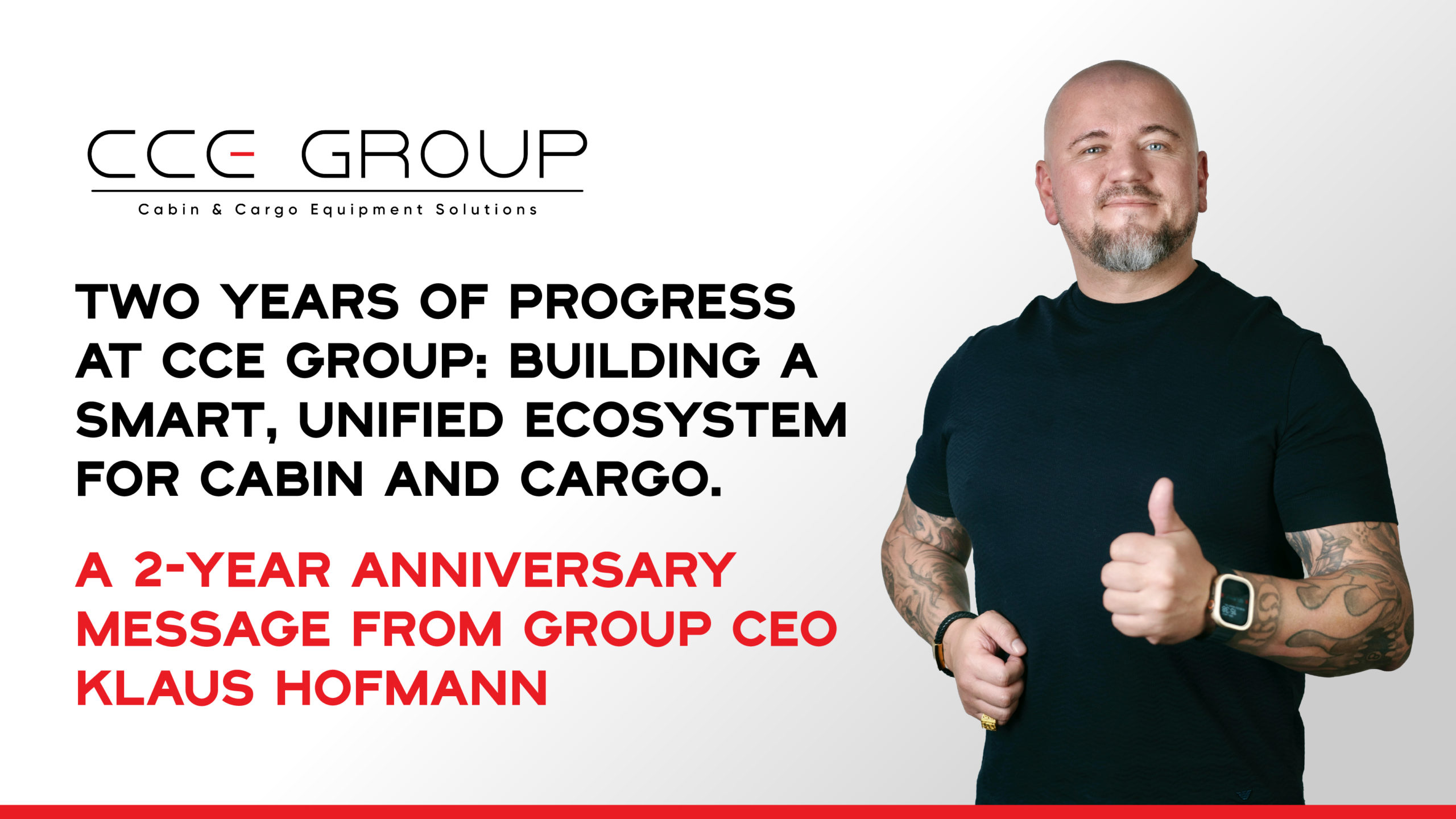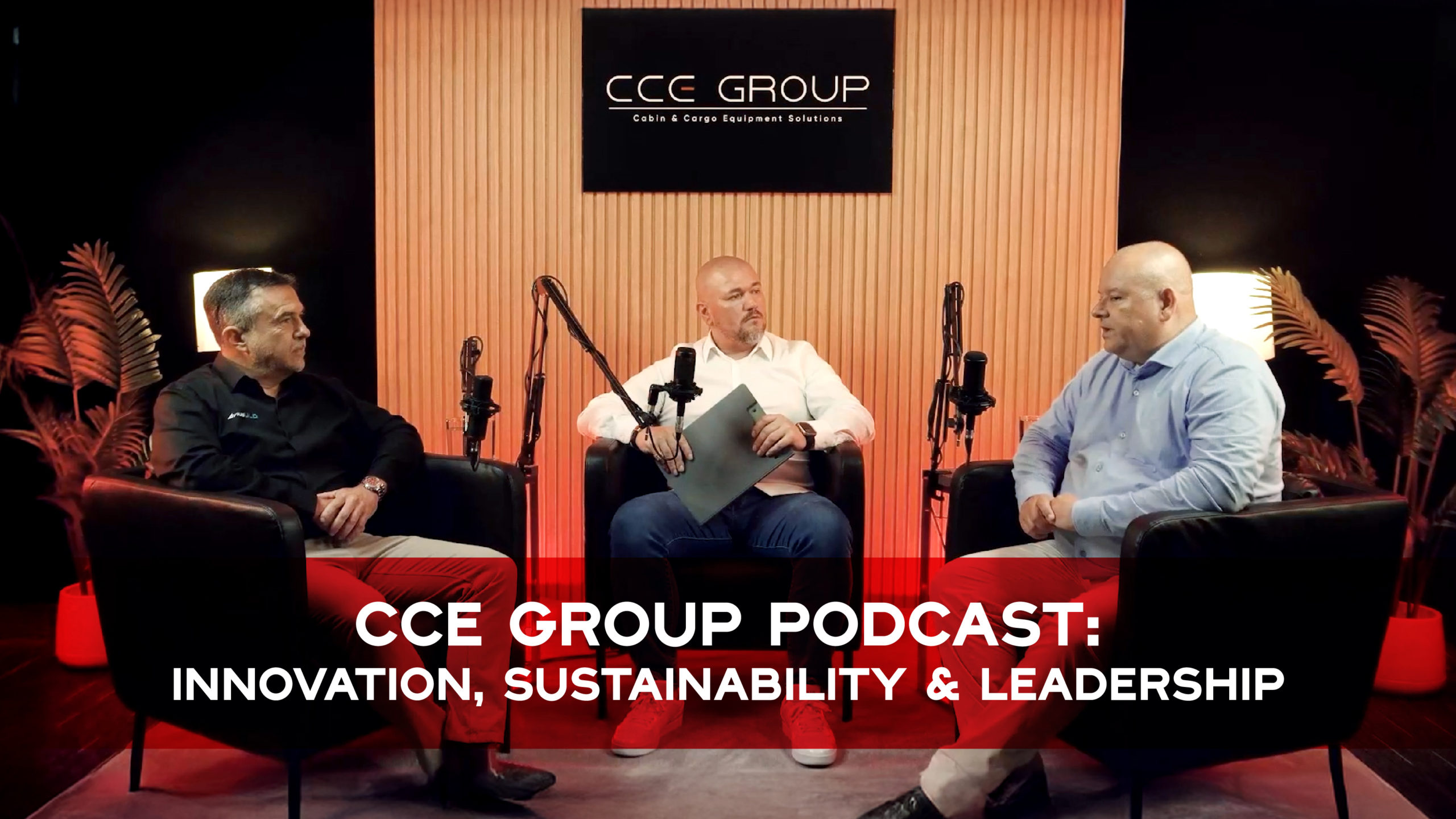The foundations of a successful enterprise include:
- A clear vision for forward movement
- Defined roles for appropriate focus
- Assigned responsibilities for accountability
- Reliable metrics for progress
- Structured teamwork for solving internal challenges
- Optimized processes for efficiency, updated to fit changing circumstances
- A disciplined approach to execution, streamlined for maximum productivity
Each of these business features should be front-of-mind among all senior staff, so as to keep everyone on the ship rowing effectively and in the same direction. With these pillars in place, the organization can operate cohesively and assertively, freeing up the CEO to lead strategy efforts rather than constantly firefighting.
But if the goal is to run a business like a well-oiled machine, then one ingredient seems missing. The design of the machine is outlined above, but where is the oil to make it run smoothly?
Leaders often search far and wide for this resource, when they should be looking inwardly. The oil here is leadership itself, but we must dig in the right places in order to find it.
From mental optimization to organizational design
While all leaders understand the importance of management frameworks for getting things done, most overlook the most important tool they have at their disposal: Their own mind. No strategy, no framework, no process can compensate for a leader who is distracted, reactive, or overwhelmed. But a clear, focused, and optimized mind can elevate an entire organization.
Just as an organization benefits from a clear vision, so does the leader. Starting the day with a few minutes of reflection to identify priorities ensures that effort is aligned with what truly matters. This can be as simple as writing down the three most important things to accomplish that day. It’s surprising how much mental clutter this practice eliminates, freeing the mind to focus on high-value tasks.
Energy management is another critical factor. I’ve found that adopting a structured approach to nutrition, exercise, and sleep has a profound impact on mental performance. For example, a simple shift to eating balanced, low-sugar meals prevents the energy crashes that sabotage focus. Similarly, regular physical activity, even something as straightforward as a 20-minute walk, boosts cognitive function and relieves stress. And while most leaders understand the importance of sleep, few treat it as a strategic priority. Investing in a consistent sleep routine is not indulgent; it’s essential for peak performance.
Training the mind to handle stress is equally important. Stress is unavoidable in leadership, but how it’s managed makes all the difference. For me, mindfulness practices have been transformative. Even five minutes a day of focused breathing calms the nervous system, improves emotional regulation, and enhances decision-making. These simple practices act as mental resets, allowing me to approach challenges with clarity instead of reactivity.
Another key to optimizing the mind involves focus. In an age of endless distractions, concentration has become a rare and valuable skill. Approaches like the Pomodoro Technique, which involves working immersively for 25-minute intervals followed by short breaks, can help maintain peak concentration. Turning off notifications and setting clear boundaries for blocks of uninterrupted work creates an environment where deep thinking and problem-solving thrive.
Leaders also need to cultivate their curiosity and hunger for learning. The brain thrives on novelty and challenge. Reading widely, listening to podcasts, and engaging with peers in thought-provoking discussions keeps the mind sharp and adaptable. I’ve often found that breakthroughs come not from grinding through a problem but from exposing myself to new perspectives and letting ideas cross-pollinate.
Finally, self-awareness is the cornerstone of mental optimization. Taking time to regularly assess your mental state — whether through journaling, coaching, or honest feedback from trusted colleagues — helps identify blind spots and areas for growth. Leaders who cultivate self-awareness not only improve their own performance but also inspire those around them by setting an example of introspection and growth.
The mind is a leader’s most powerful tool, but it requires care and intentionality to unlock its full potential. By optimizing their mental resources, leaders not only elevate their own capabilities but also empower their teams and organizations to achieve greater heights.
Practical brain hacks for high performance
For more insights, it’s worth diving into the practical insights offered by Jim Kwik in his “Kwik Brain” methodology. Kwik emphasizes that brain health and cognitive performance aren’t just innate traits – they can be cultivated and optimized through intentional habits. His framework provides actionable steps to improve memory, focus, and mental agility, all of which are critical for leadership.
1. Prioritize sleep for mental recovery
Sleep isn’t just about rest; it’s when the brain repairs itself, consolidates memories, and clears toxins. To optimize brain health, aim for 7–9 hours of quality sleep each night. Create a sleep-friendly environment by keeping the bedroom cool, dark, and free of electronic devices. Jim Kwik also recommends a “digital sunset” – reducing screen time an hour before bed to lower blue light exposure and signal your brain it’s time to wind down.
2. Eat brain-boosting foods
The brain consumes about 20% of the body’s energy, so fueling it with the right nutrients is essential. Foods rich in antioxidants, healthy fats, and essential vitamins – such as blueberries, avocados, walnuts, and salmon – support cognitive function. Kwik also highlights the importance of staying hydrated, as even mild dehydration can impair focus and memory. Incorporating a high-quality omega-3 supplement can also enhance brain health.
3. Stay physically active
Exercise is one of the simplest and most effective ways to boost brain health. Movement increases blood flow to the brain, promoting the growth of new neural connections. Kwik recommends activities like brisk walking, yoga, or dancing – not just for physical health but also for the mental clarity they bring. Even 20-30 minutes of daily exercise can make a noticeable difference in focus and creativity.
4. Manage stress effectively
Chronic stress can shrink the brain’s hippocampus, which is critical for memory and learning. Combat stress by incorporating daily mindfulness practices such as meditation, gratitude journaling, or even short breathing exercises. Kwik emphasizes that a few moments of gratitude each day can reframe the mind to focus on positives, reducing stress and improving mental resilience.
5. Learn to forget and let go
A cluttered mind is an inefficient one. Kwik advises leaders to “unlearn” or let go of limiting beliefs, old habits, and information that no longer serves them. Regularly declutter your mental and physical spaces to create room for creativity and focus. The idea is to reduce mental noise and focus on what truly matters.
6. Feed your brain with lifelong learning
Jim Kwik famously says, “Leaders are learners.” Continual mental stimulation keeps the brain agile. Read books, take online courses, or challenge yourself with new hobbies. Kwik’s “FAST” formula – Forget (what you think you know), Active (engage actively in learning), State (get into a positive mental state), and Teach (explain what you’ve learned to others) – is an effective way to accelerate learning and retention.
7. Practice memory training
Kwik is a strong advocate of memory improvement techniques. One of his favorites is the “memory palace,” where you visualize placing information in familiar locations within your mind. Another is the acronym “BE SUAVE” for remembering names: Believe (you can remember), Exercise (practice), Say (repeat their name), Use (use their name in conversation), Ask (clarify pronunciation), Visualize (associate their name with an image), End (say their name before parting).
8. Protect your brain from digital overload
In today’s world of constant notifications and multitasking, mental energy can be quickly depleted. Kwik suggests adopting a “digital detox,” where you take intentional breaks from screens to allow your brain to recharge. Limit multitasking and focus on deep, uninterrupted work blocks instead.
9. Create a morning brain-boosting routine
Kwik advocates starting the day with habits that prime the brain for success. His suggestions include hydrating with a glass of water, journaling, engaging in a few minutes of light exercise, and setting daily intentions. This morning routine sets the tone for a productive and mentally sharp day.
10. Cultivate a growth mindset
Finally, the belief that you can improve your brain health is essential. Kwik emphasizes that the brain is like a muscle – the more you train it, the stronger it gets. Replacing self-doubt with curiosity and persistence allows leaders to face challenges with a sharper, more resilient mind.
By integrating these practical habits, leaders can optimize their brain health, enhancing their focus, decision-making, and creativity. When the brain is operating at its peak, everything else – leadership, innovation, and personal growth – follows.
Order in chaos: The leadership legacy
Structure, when applied to all elements of leadership, is a powerful tool for business success and personal growth. By designing clear, accountable organizations and optimizing mental performance, leaders can create environments of continuous improvement and resilience.
Leadership is not about managing chaos. It’s about creating order and clarity, both within the organization and within yourself. This dual focus has shaped my approach at CCE Group, and it is one I encourage others to embrace. When leaders put systematic thinking and mental optimization at the center of their activities, the possibilities for success are endless.






